Resetting Your Windows Hello PIN: Everything You Need to Know
- Home
- Support
- Tips System Rescue
- Resetting Your Windows Hello PIN: Everything You Need to Know
Summary
Don't let a forgotten Windows Hello PIN prevent you from accessing your device. Learn multiple ways to easily reset your PIN, whether at home or in a business/enterprise environment. Make security a top priority with this comprehensive guide.

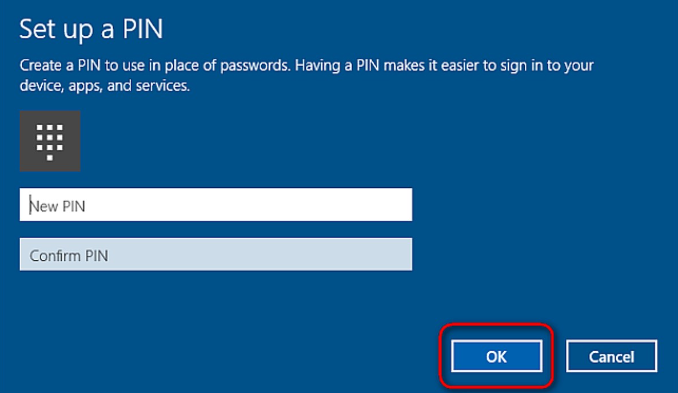
Start by downloading Renee PassNow from the official website and install it on a different computer that you can access. You can choose the appropriate version based on your computer’s operating system.

Remove Windows Login Password 3 steps for whole password remove process.
Recover the files Recover the deleted files without Windows system.
Transfer the data Transfer the important files of the computer with system.
Fix Windows startup error Fix various Windows startup failures or crashes.
Erase disk Completely erase disk files which will not be restored.
Remove Windows Login Password 3 steps for whole password remove process.
Recover the files Recover the deleted files without Windows system.
Transfer the data Transfer the important files of the computer with system.
Launch Renee PassNow and insert a USB flash drive or blank CD/DVD into the computer. Select the option to create a bootable media. Follow the on-screen instructions to complete the process.
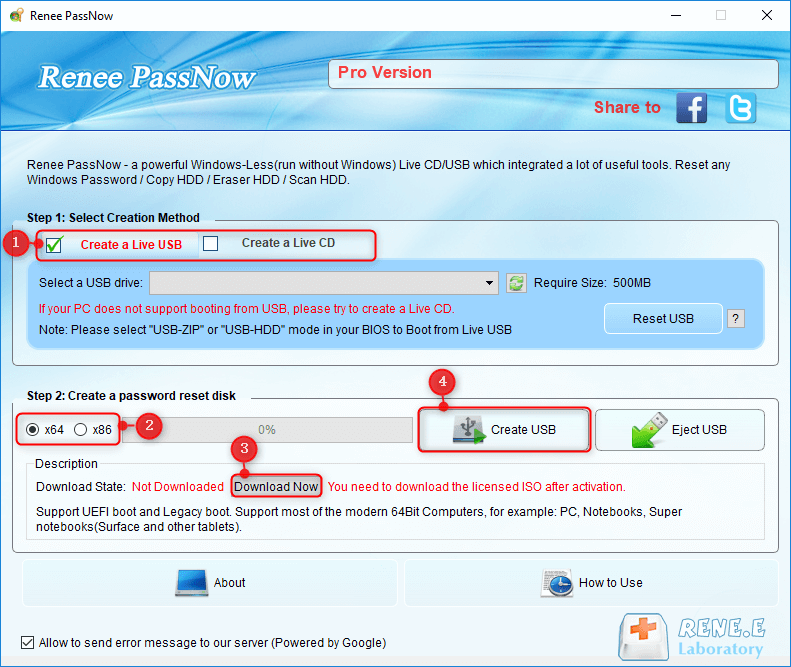
Insert the bootable USB or CD/DVD into the locked Windows computer. Restart the computer and enter the BIOS settings by pressing the appropriate key (usually F2 or Delete). Configure the boot order to prioritize the bootable media.
| Server Type | Enter boot menu method |
|---|---|
| DELL | Press the F12 key repeatedly before the Dell logo appears on the screen. |
| HP | Press the F9 key multiple times when the HP logo is displayed. |
| BIOS Name | Enter boot menu method |
|---|---|
| ASRock | DEL or F2 |
| ASUS | DEL or F2 for PCs/ DEL or F2 for Motherboards |
| Acer | DEL or F2 |
| Dell | F12 or F2 |
| ECS | DEL |
| Gigabyte / Aorus | DEL or F2 |
| Lenovo (Consumer Laptops) | F2 or Fn + F2 |
| Lenovo (Desktops) | F1 |
| Lenovo (ThinkPads) | Enter then F1 |
| MSI | DEL |
| Microsoft Surface Tablets | Press and hold Power and Volume Up buttons |
| Origin PC | F2 |
| Samsung | F2 |
| Toshiba | F2 |
| Zotac | DEL |
| HP | Esc/ F9 for `Boot Menu`/ Esc/ F10/ Storage tab/ Boot Order/ Legacy Boot Sources |
| INTEL | F10 |

After successfully booting from the bootable media, Renee PassNow will load. Select “PassNow!” function after booting from the new created Windows password reset disk.
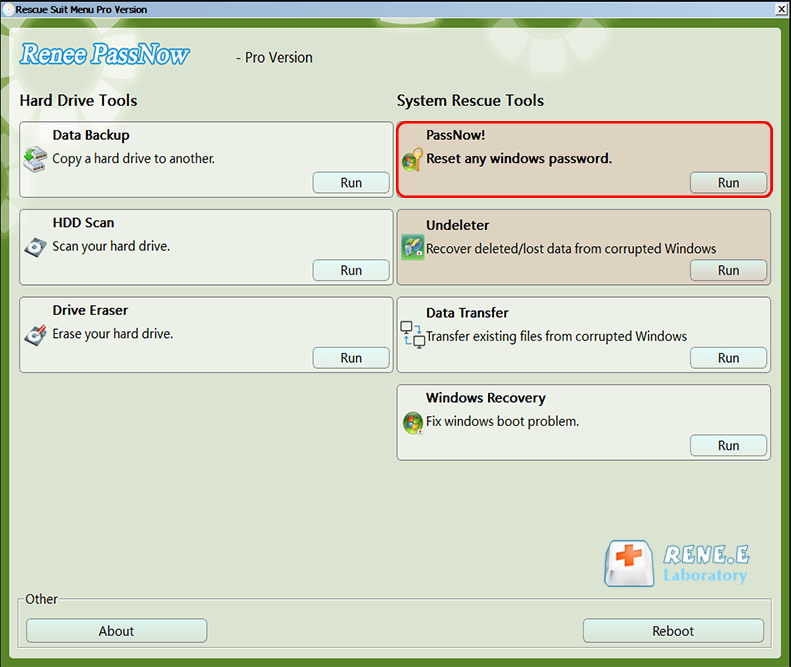
Choose the user account for which you want to reset the password. Then, click on the “Clear Password” button. Renee PassNow will remove or reset the password for the selected user account.
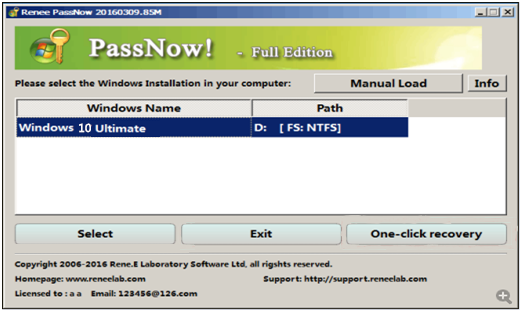
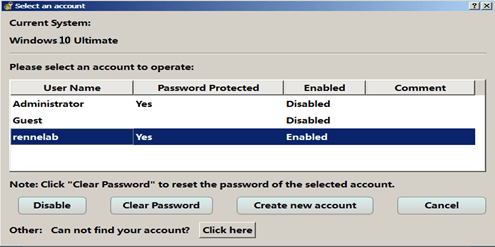
Once the password is reset, remove the bootable media from the PC and restart the computer. You will now be able to log in to Windows Account without a password.
Please click the password icon to login with password.
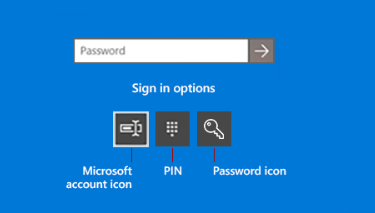
dsregcmd /status
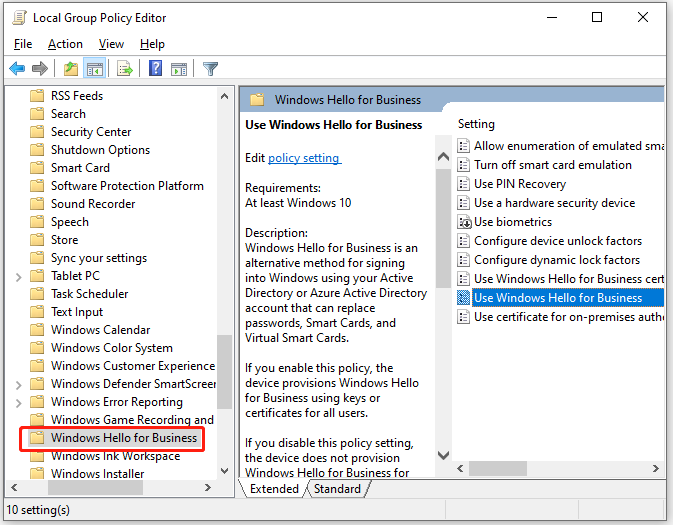
gpupdate /force
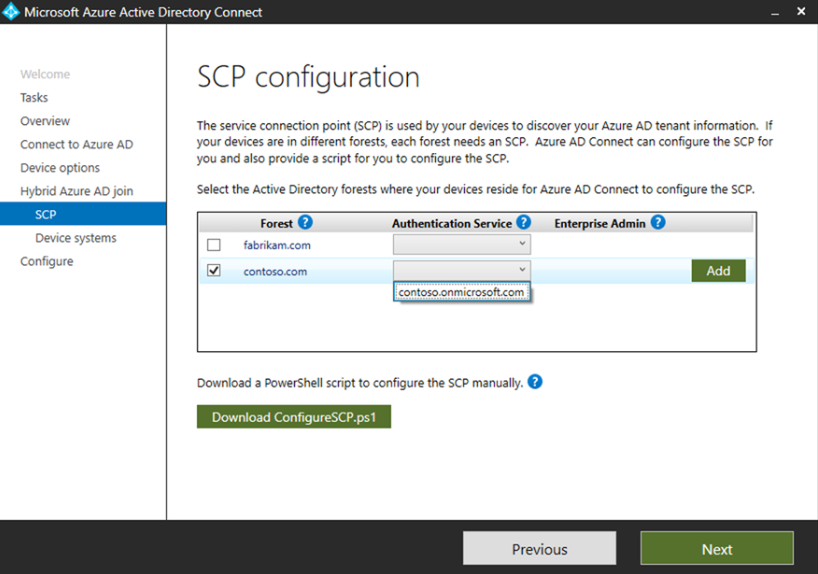
dsregcmd /status
Relate Links :
The Frustrating Issue: Windows 11 "Remove PIN" is Greyed Out
08-10-2023
Jennifer Thatcher : Having trouble removing a PIN on your Windows 11 device? Don't worry, we've got you covered. In this...
Change Your Windows 10 PIN in Any Condition
28-09-2023
Amanda J. Brook : Discover how to change your PIN in Windows 10 with this comprehensive step-by-step guide. Ensure the security of...
Reset Your Windows 10 PIN in Just a Few Easy Steps
15-01-2024
Ashley S. Miller : Learn how to reset your Windows 10 Hello PIN with this comprehensive guide. From different methods to troubleshooting...
Reset Your Windows 10 PIN in Just a Few Easy Steps
27-09-2023
Jennifer Thatcher : Learn how to reset your Windows 10 Hello PIN with this comprehensive guide. From different methods to troubleshooting...
- How to reset Windows Hello PIN in Windows 10/11 on Personal Computer/Laptop
- Option 1: Reset PIN from lock screen
- Option 2: Use Renee PassNow to reset your Windows Hello PIN
- Reset your Windows Hello PIN in your organization's settings
- Confirm PIN recovery policy enforcement on the device
- Enable PIN recovery on the client
- Configure allowed URLs for your federated identity provider on Azure AD-joined devices
- How to reset PIN in a business or enterprise environment
- Method 1: Enable the Microsoft PIN reset service in your Azure AD tenant
- Method 2: Use Microsoft Intune to reset your PIN
- Method 3: Follow the step-by-step guide to reset your Windows 10 device PIN
- Tips and troubleshooting for resetting your Windows Hello PIN
- How non-destructive PIN reset works
- Frequently asked questions and solutions for resetting Windows Hello PIN
- Conclusion




